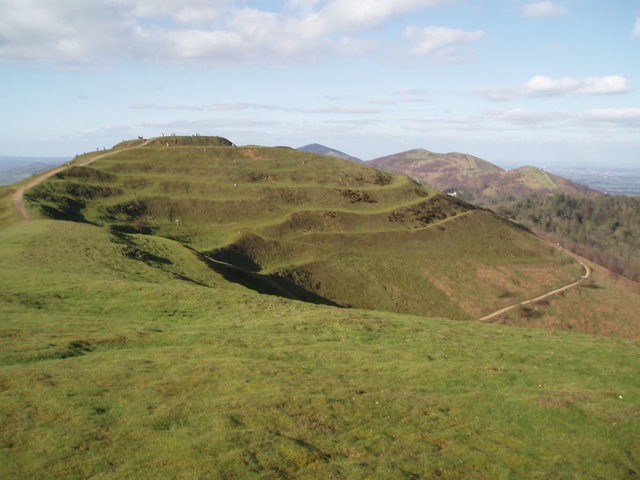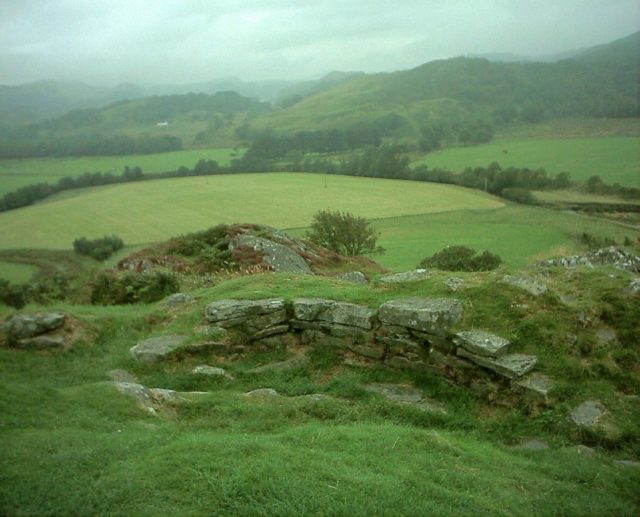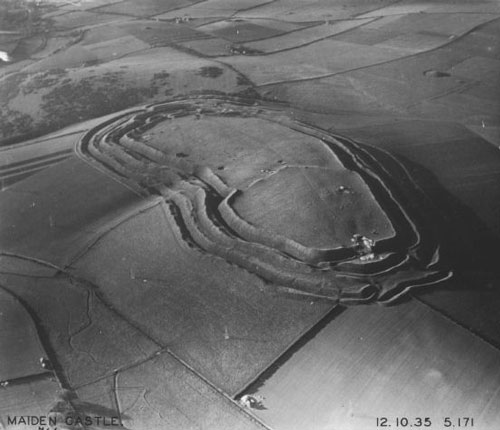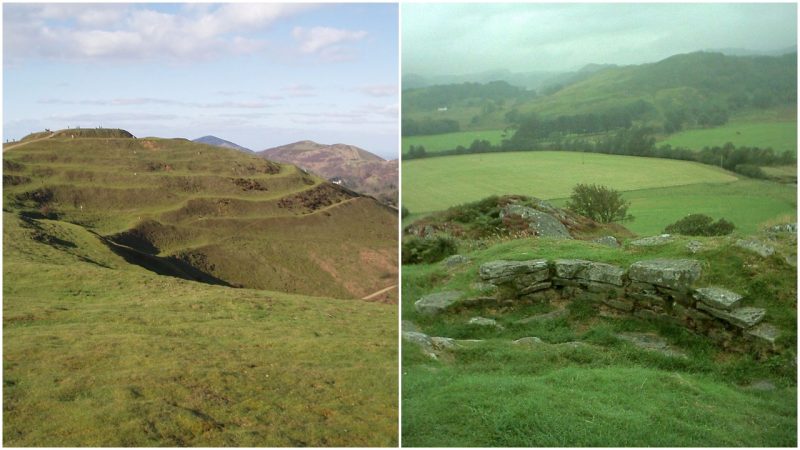For ages, hill forts have captured the attention of visitors and tourists alike, as well as nurturing the imaginations of historians and artists. Now, for the very first time, details of all hill forts across the territory of the UK and Ireland have been mapped in an online database atlas, making them just a click away.
Reportedly, this project features 4,147 localities, including well-preserved fort, but also those that only have crop markings left. The completion of the project took five years and was carried out by researchers from the University of Edinburgh, the University of Oxford, and the University College Cork.

Some findings are fascinating, and the numbers definitely speak for themselves: for example, almost 40 percent of all hill forts can be found in Scotland, and 408 of these localities are situated along the Scottish border alone.
In England, the top spot is taken by Northumberland, where 271 hill forts have been identified, while Mayo and Cork have 73 and 72 hill forts respectively, making the top of the list for the Republic of Ireland. In Wales, Powys makes for the top county with 147 localities, and with 15, Antrim has the most of them in Northern Ireland.

The border between England and Wales, as well as Cornwall and Devon, are among a few other hotspots that have a great number of hill forts, but there are also those regions where there are surprisingly almost none, such as Kent. The complete data about the hill forts is accessible online and visitors are encouraged to dive in and explore more.

A great majority of the hill forts were built in the Iron Age. Some of the oldest date to around 1000 BC, while the most recent ones date to 700 AD. These localities have had numerous functions, but there is still plenty more to find out.
Professor Ian Ralston from the University of Edinburgh, and also one of the co-leads of the project, stated that the research project was largely about gathering all the stories about the thousands of hill forts around Britain and Ireland into one place, that would serve well the public and other researchers.
Atlas of Hillforts (https://t.co/sd8EkK3Gx7) lists 4 forts near Arthur’s Seat in Edinburgh, hard to see, #Lidar: https://t.co/I3Re6fel8X pic.twitter.com/RmHBshXfhw
— Rouven Meidlinger (@planlaufterrain) June 22, 2017
According to Professor Gary Lock from the University of Oxford, the database is found very useful for people who work as heritage managers, not to mention that it provides a solid foundation for future research on hill forts. In addition, he said that hopefully more people will now be encouraged to visit some of the sites, as many of them are “right under their feet.”
Locations and details of all ancient hill forts in the UK and Ireland have been mapped in an online database https://t.co/HdL13yYMo3 pic.twitter.com/t8vgxsDwTY
— BBC Scotland News (@BBCScotlandNews) June 22, 2017
The entire effort did not come without its challenges, though. The term “hill fort” alone has complications for hill fort hunters, as some featured sites on the database are not actually placed on hills, and neither are they all really forts, but they have somehow ended up on there.
As Professor Gary Lock had also confirmed, the term was not that helpful as the name “hill fort” itself was coined in the early 20th century when archaeology was still a young and a forming branch, and archaeologists of those days were “of a military frame of mind.”
He further noted that the hill forts were a response to aggression and invasion during the Iron Age when the British Island was invaded from the continent.
New Atlas of Hillforts of Britain & Ireland is now accessible online https://t.co/Oj1PzB9EwV pic.twitter.com/P5F6O1C8lF
— Mark Walters (@MarkWalters_) June 22, 2017
But as science and research continually move forward, there is much more information nowadays, and the contemporary assertions are that, while hill forts may have fulfilled a fort-type function, there is still not that much evidence to support the claim that these sites were all the subjects of attack.
New interactive website maps all of Scotland’s hill forts https://t.co/qEACGto167 pic.twitter.com/2zb4E3Ihww
— BBC Scotland News (@BBCScotlandNews) June 22, 2017
The hill forts do provide us with some insights into how these prehistoric societies functioned. Professor Lock adds that they could be communal and central places where people would come together at certain times of the year, either to take part in local ceremonies or trade goods among one another. Regardless of that, the name “hill fort” has stuck and it is not about to change anytime soon.
The research team from the three universities was funded by the Arts and Humanities Research Council to collect data from citizen scientists. Around 100 people subsequently performed field work, identifying and recording main traits of the forts. Then the entire data was further analyzed by the team.
